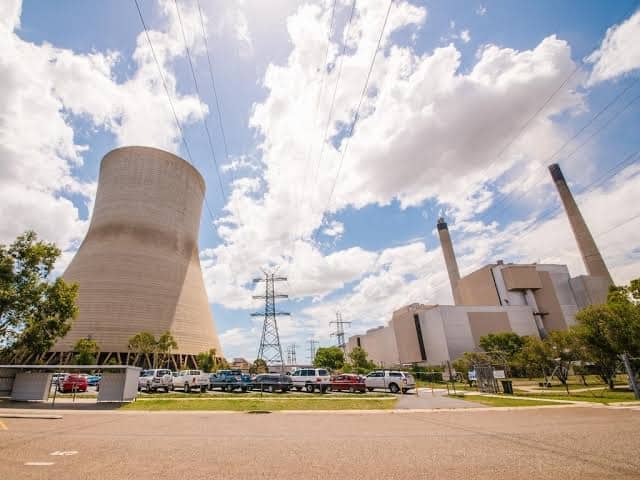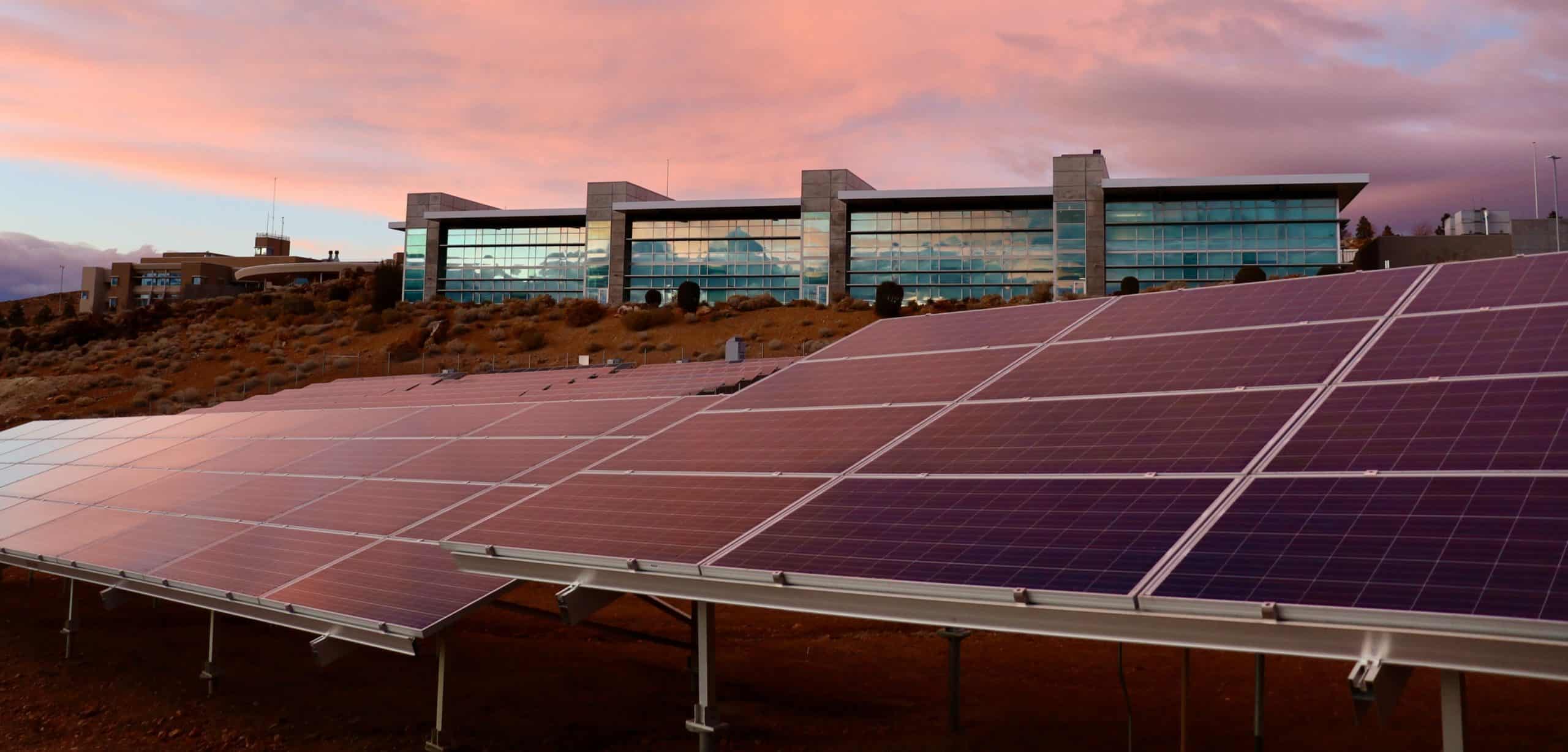Save Now, Pay Later.
With flexible payments from handypay.
Save Now, Pay Later.
With flexible payments from handypay.
Published

Today I thought we would talk about the massive power outage that occurred in Queensland last week.
The Callide Power Station had an explosion and fire at one of the 4 turbines at Callide C which is one of 2 separate sites and was the more modern of the two power stations on that site being commissioned in 2001. Only one turbine out of 4 from only 1 power station out of 2 to the uninitiated this would seem to be just a minor blip on the radar but being electricity related all these 2 sites and 4 other power stations were affected. The total number of people that were without power was 470,000 people. That is nearly the population of Tasmania sitting in the dark and eating cold beans for their supper.
Now every bit of machinery in the world has the potential to fail, despite everyone’s best efforts, so there is no point of being overly critical about one technology versus another as it is just the nature of the beast of equipment with moving parts. Though it was less than 15 minutes after the event that the usual voices started to blame renewable energy for the incident that occurred at a coal burning power plant which makes me scratch my head more than just a bit.
Anyway back to the main event.
What we actually witnessed is a grid or network that is designed around centralised power sources is very exposed to what we would call a cascading failure. A large chunk of the state's generation capacity had to shut down suddenly and the remaining power generation assets couldn’t meet the demand and had to shut down to protect themselves from brownouts.
Looks like the majority of those affected were only out of power for a day but it does goes go to show the fragility of the centralised grid model
This begs the question: could this happen in Tasmania?
The answer is yes but as we have many more power generation assets and a grid designed around being semi decentralised our networks are much more robust.
Hydro Tasmania has 30 Hydropower Stations to call upon as well as 2 large wind farms. Though the wind farms are not dispatch-able without some form of storage like batteries or pumped hydro. Yes there are some weak points on how the island is interconnected but by and large the loss of one turbine would be highly unlikely to cause an event as we witnessed in Queensland.
We had an issue a few years back when Bass link broke down and our dams were running low due to drought and the government's decision to run our dams out to cash in on the carbon tax before that was axed. But this was just running out of energy and not a systemic network failure.
So we know a decentralised grid is the way forward to build a robust and reliable network. The best way to decentralise a grid is to add more renewable energy sources as we have the ability to generate power closer to where it's consumed and can more easily be effectively islanded if the surrounding grid is compromised.
Experts have been screaming at the government the benefits of decentralising the grid by adding dispatch-able renewable energy sources. In some states energy networks have been building renewable energy microgrids that sit inside the larger grid and can effectively keep power supplied to towns or suburbs if the larger grid goes down.
We can break this down further as we can decentralise to the point of every homeowner with solar and battery storage.
Once we add storage to any solar installation it changes the entire scope and ability of homes to be more resilient during large outages. Eventually we will see this as being the norm.
One thing of note was the response of those homeowners who had solar with battery storage systems during the Queensland outage and to be blunt if smugness was an energy source the lights wouldn’t have gone off.
The general message was all the battery viability naysayers had been beating the wrong drum as the battery owners were living it large while everyone else was sitting in the dark and feeling pretty despondent.
So are batteries the answer for energy security?
The short answer is yes if we had enough battery storage with the ability for network control we could effectively island smaller and smaller sections of the grid in the event of a massive grid failure.
What’s the holdup?
Another short answer is the cost of adding storage to solar systems. If you do not factor in the convenience of remaining up and running during an outage the pure energy in versus energy out calculations don’t quite add up quite yet. We need batteries to drop in price by around 30% or if power to increase by 20% to 30% or the batteries lifespan were to last 30% longer. When that ever happens it will be game on for batteries.
Unless of course you like the smug sense of self satisfaction of being the only house on the block with the lights on during an outage as you blend up another Margherita as you’re scrolling through Netflix. Meanwhile your next door neighbours are singing out if anyone remembers where they put the candles!
DMS Energy we know batteries inside and out as well as solar systems and we have some great new products to be released at the end of this year to complement our existing ranges. Whether they will be the catalyst to drive the battery installation explosion the network is crying out for remains to be seen.
Interesting energy fact this week is that over $500 billion was invested across the world in renewable energy last year and Australia is missing out on its lion's share of that by stubbornly refusing to budge on its position to continue regarding coal and gas as our only viable energy sources.
Give us a call on 1300 502 599 to see if battery storage is right for you.
Or call into our showroom at 56 Sheffield Rd in Spreyton to see working battery and solar displays.

Simple, Low Rate Green Loans

Introducing award winning finance provider, Handypay, to bring you the most Competitive, Flexible and Versatile finance solution available in the home improvement industry today!
We have partnered with Handypay so customers can access a simple, affordable green loan for their solar panels and home batteries. Get a no-obligation quote and pre-approval in minutes, not weeks.
DMS Energy strives to Honestly, Ethically and Accurately assist Tasmanians to meet their energy reduction goals.
DMS Energy have advised countless locals on the right energy solutions for their home’s and business’s.




DMS Energy are not your typical energy efficiency salesmen! We are long time locals offering expert advice on solutions that are tailored to your individual needs. Talk to one of our experts today.